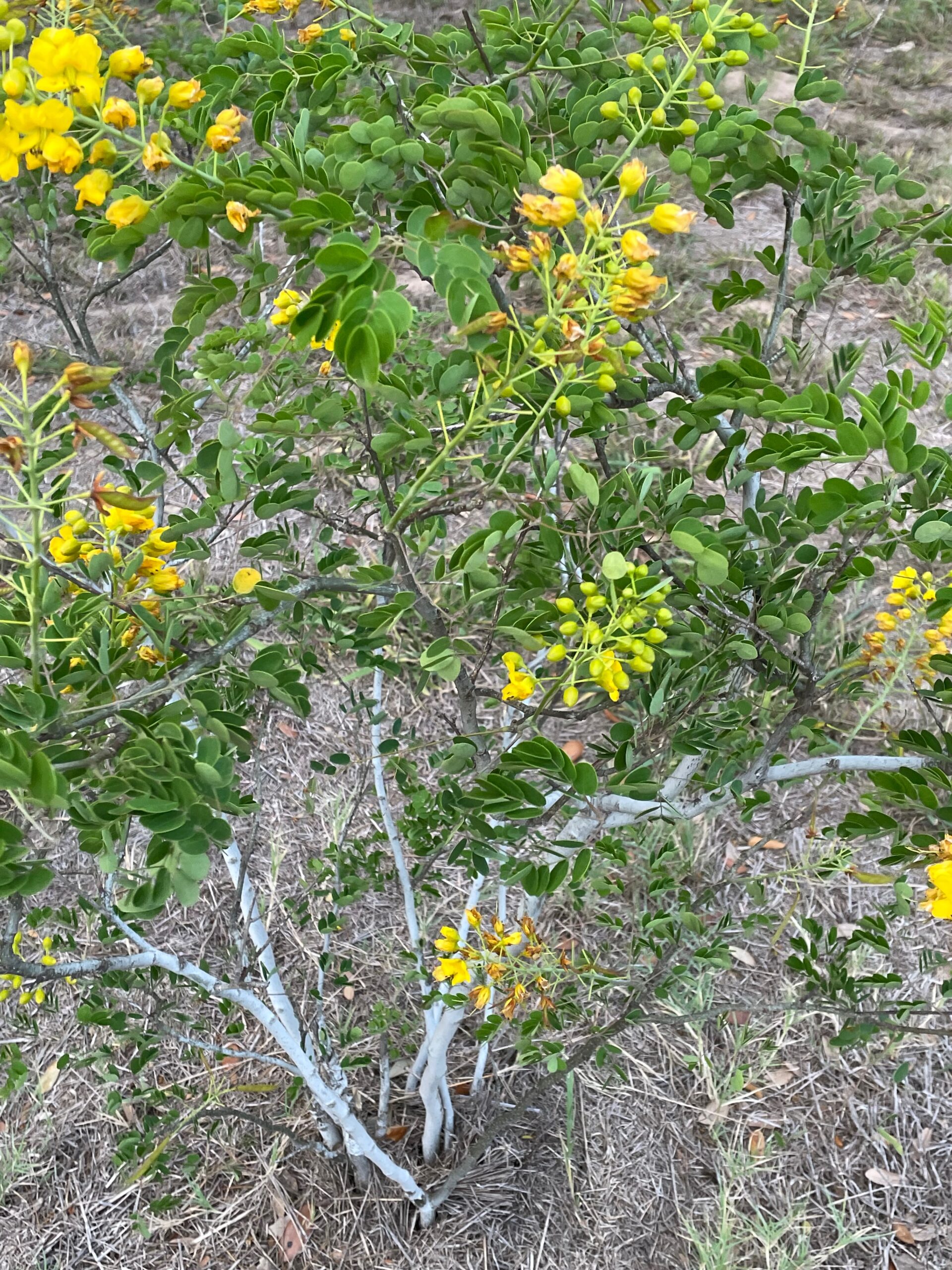MORINGA
Moringa is a plant native to northern India that can also grow in other tropical and sub-tropical places, like Asia, Africa, the Caribbean (Haiti), and Texas. Folk medicine has used the leaves, flowers, seeds, and roots of this plant for centuries.
The Moringa family has one genus, Moringa, with 13 species. Moringa oleifera is the most widely cultivated species, grown throughout the tropics as a multipurpose food tree. More than 70 cultivated varieties have been developed in India.
Moringa has many important vitamins and minerals. The leaves have about as much potassium as a banana, and about the same amount of vitamin C as an orange. It also has calcium, protein, iron, and amino acids, which help your body heal and build muscle.
It’s also packed with antioxidants, substances that can protect cells from damage and may boost your immune system. There’s evidence that some of these antioxidants can also lower blood pressure and reduce fat in the blood and body.
Uses of Moringa
The research on moringa has used animals as test subjects. We don’t know if the results would be the same with humans. Researchers are working to find out exactly how extracts from this tree affect people, but early studies show it may help with the following:
Rheumatoid Arthritis: Moringa leaf extract may lower fluid swelling, redness, and pain.
Diabetes: Several early studies show that insulin-like proteins found in moringa may help lower blood sugar. Plant chemicals found in the leaves might help the body process sugar better, and it may affect how the body releases insulin.
Cancer: In lab tests, leaf extracts slowed the growth of pancreatic cancer cells and helped chemotherapy work better. Other lab studies show that moringa leaves, bark, and roots all have anti-cancer effects that might lead to new drugs.
Memory: Some experts think antioxidants and other health-promoting plant chemicals may heal stress and inflammation in the brain.
Is It Safe?
Research shows that it’s generally OK to eat the leaves or young seed pods, and leaf extracts made from powder and water may also be safe. But it can be dangerous to eat bark or pulp, especially for pregnant women. Chemicals in the bark may make the uterus contract and lead to a miscarriage.
Though you can buy it as a powder, pill, oil, or tea, supplements and powders made from moringa aren’t regulated by the FDA in the same way that “conventional ” food and drugs are regulated. That means there isn’t a standard dose you should take for health benefits. And companies don’t have to prove that their product is safe or that it works as advertised.
Don’t use it if you’re pregnant or breastfeeding. Talk to your doctor before taking moringa or any supplement, especially if you take any medications.
FACTS
Lifespan: 4-40 years, depending on cultivar.
Leaf retention: Cold deciduous.
Growth rate: Rapid, usually 10′ a year. This tree can grow 20′ a year in favorable conditions.
Mature Size: 32-40′ high.
Flowers: Small, yellow-white, sweetly fragrant, clustered. The flowers and buds are edible but act as a diuretic in large amounts.
Bloom: Twice a year or more in non-freezing regions: late fall to early winter and late spring to early summer.
Self-fruitful: Yes.
Years before fruiting: This tree fruits in its first year. Flowers appear 8 months after planting.
Fruit: A very long, slender, ribbed pod containing round, edible seeds. The dried mature seeds are dark brown, round, with 3 white wings, and are composed of 38-40% oil. For some cultivars, the fruit is bitter and inedible in later years, causing the plant to be grown as an annual.
Months for fruit to ripen: 2-4, depending on the cultivar.
Storage after harvest: Store mature pods in a dry space.
Leaves: The green, oval leaflets are edible. The tree provides light to light-medium shade.
Stems: No thorns. New stems are slender and brittle but become stronger in succeeding years. With whitish-gray, corky bark, the trunk becomes colder and hardy with age.
Roots: The tree grows a large taproot. The thick roots are edible and are a substitute for horseradish. They are prone to root rot in waterlogged soil.
Wildlife: The flowers attract bees and butterflies. The seeds attract mammals.
Toxic / Danger: The bark is mildly poisonous to humans. Eating more than two dried seeds can induce a laxative effect.
Origin: Southern foothills of the Himalayas in northwest India. The plant has been in use for more than 4000 years.
Planting: Dig a hole 1-2′ deep and as wide, as the mature Moringa tree should grow. Make sure it is well draining. Refill the hole with dirt and plant unsprouted seeds in the center, no deeper than 1/2″. The seed germination rate decreases with age, and you may want to plant two or three seeds per hole.
Plant as soon as possible after the last frost in late winter or early spring so the roots will have time to become well established before the next winter freeze.
Young seedlings do not transplant well because their roots are fragile. If more than one seed sprouts in the same hole cut the weaker ones off at ground level. Pulling a seedling out will damage the roots of the one remaining.
Seeds watered daily will often sprout in one week. Seedlings should be watered moderately, every day until the trunk becomes woody. The soil should be dry the next morning to prevent root rot. Yellow leaves on seedlings are a sign of insufficient water.
The young seedlings must be protected by 18″ high fencing so they will not be eaten by rabbits.
Moringa trees grown for food can be spaced 6′ apart. As an ornamental screen, they are spaced 12′ apart. The tree can be grown in a large pot and moved inside in the winter.

